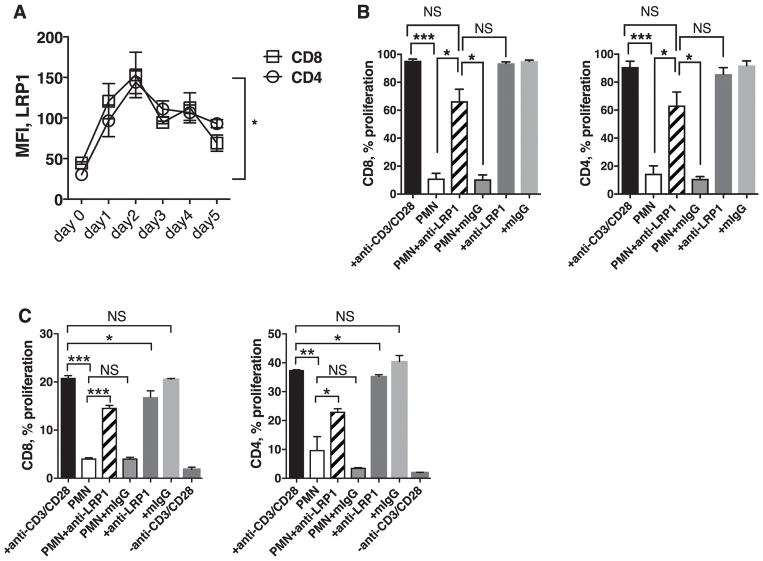Figure 6. LRP1 blockade prevents PMN-mediated inhibition of T cell proliferation.
(A) PBMC from healthy donors were stimulated with anti-CD3/CD28 mAbs for up to 5 days and LRP1 surface expression was determined by flow cytometry. Graph shows the median fluorescence intensity (MFI) of LRP1 on CD8 and CD4 T cells, respectively. Representative results from 1 of 2 different donors performed in duplicates are shown. Error bars represent mean ± SEM. *P <0.05. (B) Fixed PMN were co-cultured with activated PBMC at a ratio of 3:1 for 5 days in the presence or absence of anti-LRP1 mAb (clone 8G1) or mIgG isotype control. Data from three different donors (n=3) are expressed as mean ± SEM. (C) Fixed PMN were co-cultured with sort-purified CD8 or CD4 T cells activated with anti-CD3/CD28 mAbs at 3:1 ratio for 5 days in the presence or absence of anti-LRP1 mAb (clone 8G1) or mIgG isotype control. Results shown as mean ± SEM are representative of three different donors performed in duplicates. ***P < 0.001, **P < 0.01, *P < 0.05, P =NS (not significant).

